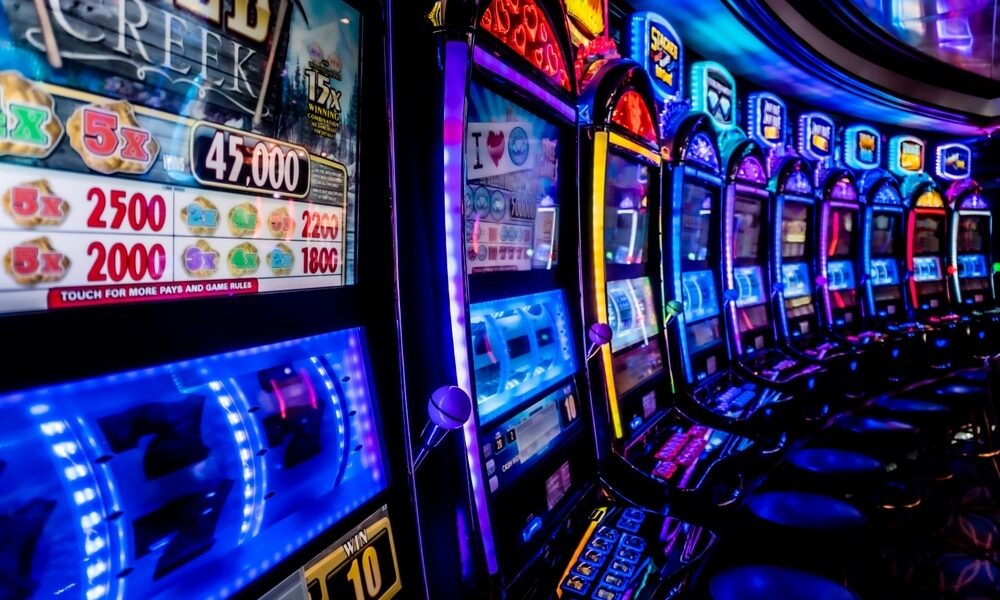Symbol frequency in slot games, including those at https://mild88zk.com, follows predetermined mathematical patterns where low-value symbols appear more often than premium symbols during regular gameplay. Online slots use algorithms that favour the frequent appearance of basic symbols like fruits or cards. High-value and bonus symbols on these machines appear less often due to controlled rarity settings.
Card symbol prevalence
Traditional playing card symbols dominate slot reels because they require minimal licensing fees and translate easily across cultural markets. Card symbols are universally recognised and legally free to use, unlike themed symbols that might require expensive intellectual property agreements or cultural adaptations. This practicality makes them the default choice for filling the lower-value positions in most slot game symbol hierarchies. Standardizing card symbols also simplifies game development and testing processes, as developers can reuse familiar icon sets across multiple games without creating entirely new graphic assets. Players immediately recognize these symbols and their relative values, reducing the learning curve for new games. The familiar nature of card symbols allows players to focus on bonus features and special mechanics rather than deciphering unfamiliar symbol values.
Frequency distribution patterns
- Low-value symbols typically appear 3-5 times more frequently than medium-value symbols during standard gameplay sessions
- Premium thematic symbols appear approximately 10-15 times less frequently than basic card symbols in most slot configurations
- Wild symbols generally have appearance rates ranging from 2-8% of total spins, depending on their substitution powers and game volatility
- Scatter symbols maintain carefully controlled frequencies, usually appearing once every 20-50 spins to regulate bonus trigger rates
- Special feature symbols like expanding wilds or mystery symbols have even lower frequencies, often programmed to appear once per 100+ spins
Rarity affects payouts
The inverse relationship between symbol frequency and payout values forms the core mathematical foundation of slot game design. Symbols that appear most frequently deliver the smallest payouts, while rare symbols provide substantial rewards that justify their scarcity. This distribution ensures that most winning combinations involve common symbols with modest payouts, maintaining player interest without threatening the game’s mathematical integrity. Symbol rarity directly influences player psychology and engagement patterns. The anticipation of landing rare, high-value symbols creates excitement beyond the immediate payout value. Players develop emotional connections to specific premium symbols, often naming them or developing superstitions around their appearance patterns. This psychological engagement enhances the value of entertainment beyond simple monetary considerations.
Mathematical symbol weighting
Slot game algorithms assign specific weight values to each symbol, determining their appearance probability on each reel position. These weights are carefully calculated to achieve target return-to-player percentages while maintaining engaging gameplay patterns. Low-value symbols receive the highest weight values, ensuring their frequent appearance, while premium symbols get minimal weighting that makes them rare but valuable when they do appear. The weighting system varies across different reel positions within the game, with some developers programming certain reels to favor specific symbol types. This positional variance creates additional complexity in winning combination formation, allowing for more sophisticated bonus triggering mechanisms. The mathematical precision of symbol weighting ensures that games perform consistently across millions of spins while maintaining their intended volatility profiles.

